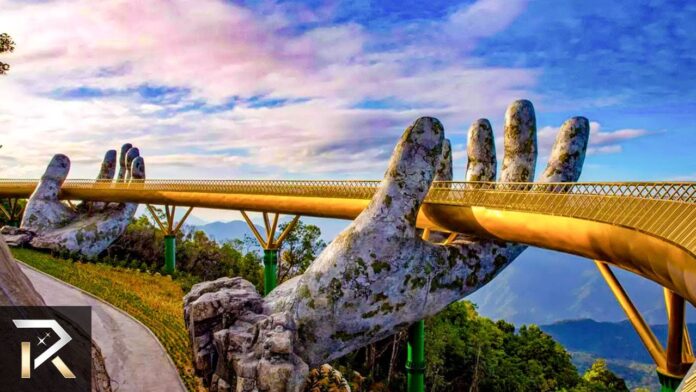In my school days, I was fascinated by the account of the Tibetan plateau formed by the two great mountain ranges– the Himalayas in the south and the Kunfun mountains in the north. The plateau has an average height of 12,000 to 16000 feet above the sea level, and is rightly called the Roof of the World. I could never imagine that one day, I would be fortunate enough to travel across it on an air conditioned comfortable train. That day came, when FRIENDS received the invitation from Chinese Peoples Association for Peace and Development, (CPAPD) to visit China.
We requested a visit to Tibet and travel on the newly built Qinghai-Tibet railway. Our request was granted. Thus, leading a five member delegation I reached Lhasa, the capital of Tibet, on 8 August 2006.
Lhasa, the capital of Tibet, is located at a height of 12,000 feet above sea level and is the centre of Tibetan Buddhism, with ancient buildings, temples and palaces. The melting snow from the mountains forms into a large wetland, from where the River Brahmaputra originates. China needs this water to irrigate large tracts of land, and if they divert it, the Brahmaputra river will turn dry. Lhasa has gone under extensive development, expanding, both horizontally and vertically. We stayed there for three days visiting various places, such as Jokhang Temple, Potala Palace and Norbulingka complex. Jokhang Temple is the spiritual Centre of Buddhism, built in 647 AD, by the Hans. Potala Palace is located in the heart of Lhasa. It remained the residence of their spiritual leaders till 1959, when the Dalai Lama shifted to India. Now it has been converted into a national museum and is a renowned tourist resort. Norbulingka is an impressive and complex building surrounded by beautiful parks and gardens.
The railway built across the Tibetan Plateau, is a marvel of engineering. It took several years to build it by 1984 and over two more decades to declare it open on 1 July 2006. We arrived on 8 August 2006. Our delegation was the first allowed to travel on this route. Our memorable train journey thus started on the fourth day at 9 A. M. The train was fully air conditioned, equipped with an oxygen lifeline, television sets and dining car, just like our Tezgam Express of the 1960s.
The next day we left Xining and reached Beijing. The entire journey was a dream come true, adventurous and eventful. No doubt Pak-China friendship is equally, strong, and stable as the Qinghai-Tibet Railways Project
The Qinghai-Tibet Railways is a great engineering feat, running zigzag on tracks carved out of mountains through tunnels as high as 16000 feet, built through ice and frozen rocks, negotiating very dangerous turns. At times, the train passes through valleys, where the parallel road and the river present a beautiful sight.
The train continuously ascends to greater height, of over 16,000 feet where it halts, at Tanggula railway station (16,627 feet) allowing the passengers to enjoy the dizzy heights and the freezing winds. As night falls, the train starts descending, and as morning dawns, having travelled a distance of about 1950 kilometers, covered in about 23 hours, it reaches the city of Xining at 7000 feet, which is the capital city of Qinghai Province. It has a population of about ten million, with 50 percent Muslims. The city is a garrison for thousands of troops and police to maintain order in the far-off Chinese western region.
Close to the railway station of Xining, there is a large freshwater lake shimmering, under the rising sun. We went straight to the lakeside restaurant where the staff welcomed us with the salutation: Assalam-o-Alaikum. We were served breakfast, with fish from the lake which was as delicious as our trout fish of river Indus. The population all along the route is thin and waiting for life to appear in full bloom with development and exploitation of the resources, with Chinese ingenuity and their untiring and daunting courage.
The next day we left Xining and reached Beijing. The entire journey was a dream come true, adventurous and eventful. No doubt Pak-China friendship is equally, strong, and stable as the Qinghai-Tibet Railways Project, which can rightly be called the Eighth Wonder of the World.






















